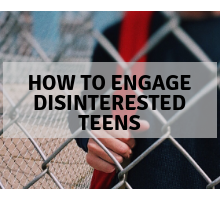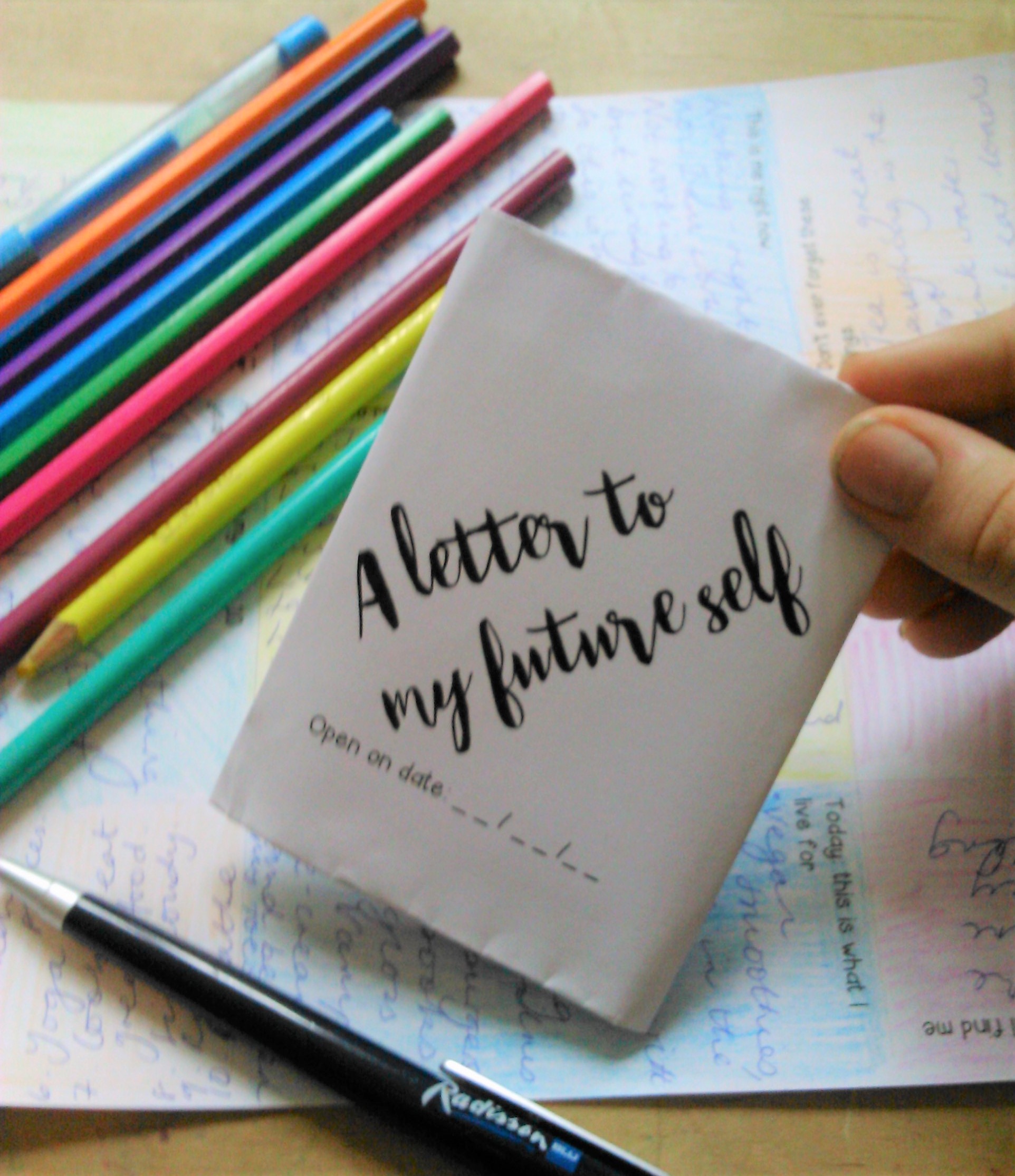How to engage disinterested students

Teaching teenagers can be hard. Teaching teenagers who are disinterested, disengaged, and even (sometimes) disruptive can be really hard. So here are my two go-to strategies for when things are getting a little sleepy or even a little feisty in my classroom.
The two ideas are called: the class coach and the student helpline!
The Class Coach
I love this activity and use it regularly with both younger and older students. It’s great to use at any point in your unit of learning, but I especially like to use it on a day when we are tackling something tricky.

The simple is very simple. One student becomes your class’s coach (football, hockey, swimming – whichever works for you) for the lesson or day. They are responsible for encouraging the team and keeping them focused. It is just that though because the class coach has to keep everyone on their best game throughout the lesson, they have to be fully engaged. They have to watch what’s going on, they have to see who’s winning, and who needs to support.
Here’s how it works:
- Nominate your class coach (at first I choose, then later when students are comfortable with the whole thing, I take volunteers).
- They are in charge of giving the class a pep-talk at the beginning of the lesson. Give them a time limit of no more than one minute.
- Keep your instructions to the coach clear and simple. Mine are: remind the class of their strengths and of everything they have learned so far.
- Sometimes we have a special hat to wear or a microphone or a flag (this depends on the embarrassment levels of my teenagers).
- So the opening pep-talk is aspirational, inspirational, and motivational!
- Then halfway through the lesson, the class coach has to review everything we’ve done.
- Again my instructions are: point out what we’ve learned, give a shout-out to students who answered questions or made good points, name students who you could see were working really hard.
- Sometimes (depending on the confidence levels of the coach) I might ask other students to nominate their peers for a shout-out at this point. Just in case the coach misses someone.
- Finally, at the end of the lesson, the coach can sum up. They should sum how the team (class) did. The only rule I have for this activity is that it is 100% positive. I tell my students that people don’t need it pointing out when they are struggling (they know they are struggling) or if they made a mistake (again, they know). So the class coach keeps the positive and lets everything else slide.
I hope it’s easy to see what the benefits of this activity are. It can take a while for my students to get the hang of doing a great job. I have to model what I want them to do – I generally do a whole session based on this as I am getting my classroom routines sorted at the beginning of the year. However, once they have nailed it. The class coach is something that students are begging to be.
Here is why I love it: it increases engagement, especially for the coach; it increases positivity because there is always something good about getting a shout-out and recognition; it gives the students a voice – and often what they see, I might not have seen.
Try it out a few times and let me know what you think!
The Student Helpline
I also love this activity! And thankfully, it is super easy to explain. The idea is another very simple one: create a helpline in your classroom. You can use this activity at any point in learning as a quick recap or to generate more discussion. This year, I am adding a fake phone to my classroom to help!

Here’s how it works:
- Pair up your students and have them stand or sit back to back.
- One student rings the help-line (yep, I literally make them say “ring, ring” and “hello student helpline” or “hello Frankenstein helpline”!
- The calling student then has to ask for more information what they have learned. As in “I really don’t understand the point of the letters at the beginning of Frankenstein, can you explain it to me?”
- The help-line (the other student) has to explain the idea/concept or information. Being back to back is key as it focuses students precisely on listening and responding directly to the question asked.
Obviously, this can be a whole class activity, where every student is sitting back to back. Or if you prefer you can have a student volunteer to man the helpline. They can come and sit at the front of the room, then other students can take it in turns to ask them questions.
This is a fun and engaging activity. It usually starts and ends with laughter. Yet there is a clear learning purpose involved. Students are practicing reforming their knowledge and understanding, these synthesis and summarizing skills are important.
Drop me a comment below if you try these ideas out and let me know how they went!
If you are looking for other fun and engaging activities to use in your ELA classroom, why not check out these blog posts:
Also, each week I send an email out to my teacher-friends, in this message, I include one classroom activity (like the perfect review game) and one literature activity (like this blackout writing activity). They are always fun, engaging, and designed to create brilliant learning moments for your students. If you would like to receive this weekly email (I send it on a Sunday morning – ready to help stave off those Sunday scaries), then all you need to do is fill out the email sign up below!

Subscribe to my weekly teaching tips email!
Sign up below to receive regular emails from me jammed packed with ELA teaching tips, tricks and free resources. Also access my free resource library!

